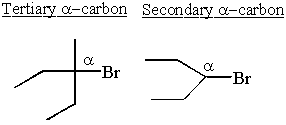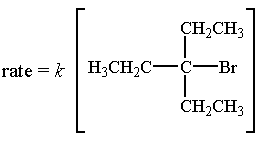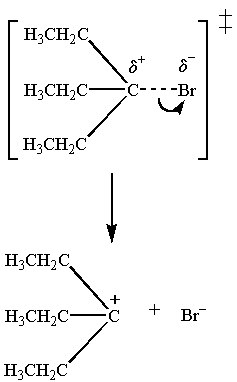Please wait while we process your payment
If you don't see it, please check your spam folder. Sometimes it can end up there.
If you don't see it, please check your spam folder. Sometimes it can end up there.
Please wait while we process your payment

By signing up you agree to our terms and privacy policy.
Don’t have an account? Subscribe now
Create Your Account
Sign up for your FREE 7-day trial
By signing up you agree to our terms and privacy policy.
Already have an account? Log in
Your Email
Choose Your Plan
Individual
Group Discount
Save over 50% with a SparkNotes PLUS Annual Plan!
 payment page
payment page
Purchasing SparkNotes PLUS for a group?
Get Annual Plans at a discount when you buy 2 or more!
Price
$24.99 $18.74 /subscription + tax
Subtotal $37.48 + tax
Save 25% on 2-49 accounts
Save 30% on 50-99 accounts
Want 100 or more? Contact us for a customized plan.
 payment page
payment page
Your Plan
Payment Details
Payment Summary
SparkNotes Plus
You'll be billed after your free trial ends.
7-Day Free Trial
Not Applicable
Renews April 29, 2025 April 22, 2025
Discounts (applied to next billing)
DUE NOW
US $0.00
SNPLUSROCKS20 | 20% Discount
This is not a valid promo code.
Discount Code (one code per order)
SparkNotes PLUS Annual Plan - Group Discount
Qty: 00
SparkNotes Plus subscription is $4.99/month or $24.99/year as selected above. The free trial period is the first 7 days of your subscription. TO CANCEL YOUR SUBSCRIPTION AND AVOID BEING CHARGED, YOU MUST CANCEL BEFORE THE END OF THE FREE TRIAL PERIOD. You may cancel your subscription on your Subscription and Billing page or contact Customer Support at custserv@bn.com. Your subscription will continue automatically once the free trial period is over. Free trial is available to new customers only.
Choose Your Plan
This site is protected by reCAPTCHA and the Google Privacy Policy and Terms of Service apply.
For the next 7 days, you'll have access to awesome PLUS stuff like AP English test prep, No Fear Shakespeare translations and audio, a note-taking tool, personalized dashboard, & much more!
You’ve successfully purchased a group discount. Your group members can use the joining link below to redeem their group membership. You'll also receive an email with the link.
Members will be prompted to log in or create an account to redeem their group membership.
Thanks for creating a SparkNotes account! Continue to start your free trial.
We're sorry, we could not create your account. SparkNotes PLUS is not available in your country. See what countries we’re in.
There was an error creating your account. Please check your payment details and try again.
Please wait while we process your payment

Your PLUS subscription has expired
Please wait while we process your payment
Please wait while we process your payment

SN1 and E1 Reactions
SN2 and E2 reactions require a good
nucleophile or a strong base. SN1 and E1 reactions occur with strong bases with molecules whose α-carbon is
secondary or tertiary and in the absence of good nucleophiles.

This reaction yields SN1 and E1 products:



Once the carbocation intermediate forms, the two reactions follow divergent pathways. In the
SN1 pathway, ethanol acts as a nucleophile. In the E1 pathway, ethanol is a base.

A base/nucleophile as weak as ethanol can substitute or eliminate because the carbocation is an incredibly reactive species. Without the carbocation or a very good leaving group, SN1 and E1 would be impossible.
SN1 and E1 reactions are not synthetically useful because they almost always give a mixture of substitution and elimination products. The proportion of these products does vary with the α-carbon branching, however. Generally speaking, greater branching gives more elimination products. These elimination products generally follow Saytzeff's rule. Keep in mind that the α-carbon must be secondary or tertiary for SN1 or E1 to occur at all. Thus the branching effect is much less pronounced than in the SN2 and E2 reactions.
In the broader context of all substitution and elimination reactions, remember that SN1 and E1 will not occur in the presence of a strong base or a good nucleophile. In these cases, E2 and SN2 dominate their unimolecular cousins.
Please wait while we process your payment

